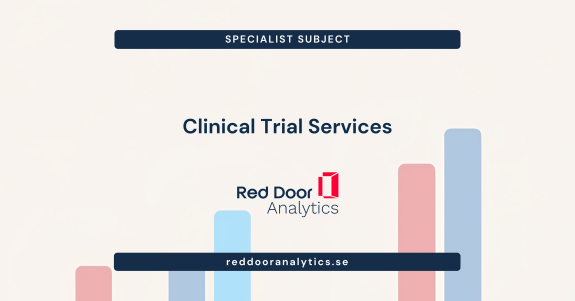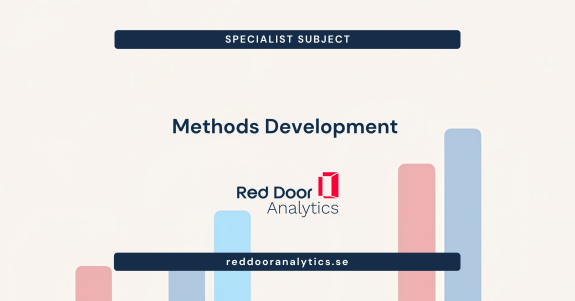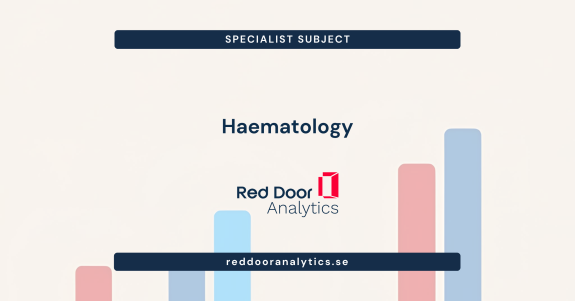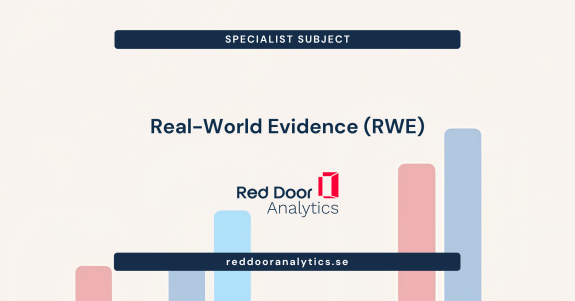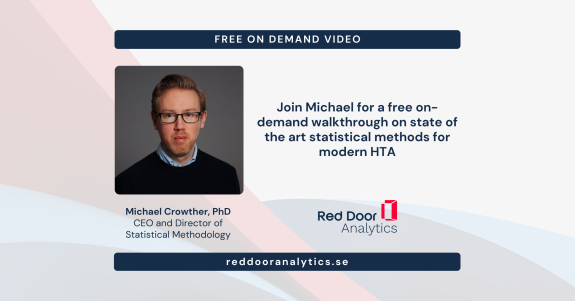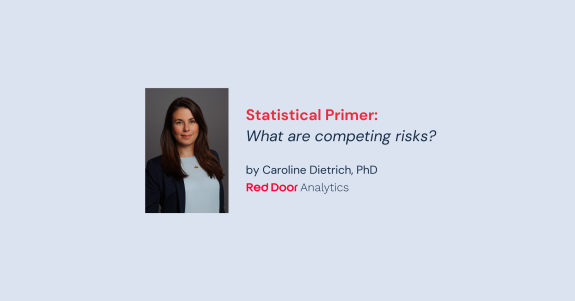Take a look at our freely available resources library, covering entry-level and advanced topics
RDA RESOURCES
Scroll Down

Clinical Trial Services
Clinical Trial Services Biostatistics services of RDA are the cornerstone of clinical trial design, execution, and interpretation. Biostatistical support by RDA will ensure that your clinical development programme and inherent studies are scientifically rigorous, appropriately powered, and capable of generating reliable evidence for regulatory approval and clinical use. RDA’s expertise for clinical development is focused […]
Learn more Methods Development
Methods Development We provide expert guidance in finding the appropriate statistical approach to answer your question… and if there isn’t yet a method, well, we can develop one. While applying biostatistics to address your research question is essential, there may be times when existing methods fall short for your specific problem. In such cases, we’re […]
Learn more Applied Biostatistics
Applied Biostatistics Biostatistics plays a crucial role in advancing medical research. Whether it’s clinical trials, epidemiological studies, or pre-clinical research, biostatistics is essential for drawing meaningful, impactful conclusions from complex data. Our team consists of internationally recognized experts in applied biostatistics, with deep experience in a wide range of areas such as survival analysis, multi-state […]
Learn more Haematology
Haematological malignancies At Red Door Analytics, we have extensive experience in working with haematological malignancies, demonstrated through 18 publications in peer-reviewed journals. Our expertise spans epidemiological studies on prognosis and late effects, as well as randomised clinical trials. Based in Stockholm, we have unique experience in accessing and working with registry data from the Nordic […]
Learn more Introduction to Epidemiological Study Designs
This video offers a comprehensive introduction to epidemiological study designs, emphasising their classification, key definitions, strengths, limitations, and practical applications. We will dive into the most commonly used study designs, exploring their structure, purpose, and the contexts in which they are most effective. Throughout the video, real-world case studies of landmark research will be used […]
Learn more Real-World Evidence (RWE)
Real-World Evidence Real-world evidence (RWE) refers to data and information that, unlike data generated in clinical trials conducted in controlled environments, has been obtained from everyday clinical practice, patient registers, or other sources outside the clinical trial setting. RWE plays a crucial role in complementing traditional clinical trial data, providing insights into the safety, effectiveness, […]
Learn more State-of-the-art statistical models for modern HTA
At @RedDoorAnalytics, we develop methodology and software for efficient modelling of biomarkers, measured repeatedly over time, jointly with survival outcomes, which are being increasingly used in cancer settings. We have also developed methods and software for general non-Markov multi-state survival analysis, allowing for the development of more plausible natural history models, where patient history can […]
Learn more Multilevel (hierarchical) survival models: Estimation, prediction, interpretation
Hierarchical time-to-event data is common across various research domains. In the medical field, for instance, patients are often nested within hospitals and regions, while in education, students are nested within schools. In these settings, the outcome is typically measured at the individual level, with covariates recorded at any level of the hierarchy. This hierarchical structure […]
Learn more What are competing risks?
Competing risks In survival analysis, competing risks refer to the situation when an individual is at risk of experiencing an event that precludes the event under study to occur. Competing risks commonly occur in studies of cause-specific mortality, as all other causes of death than the one under study might happen before the individuals “have […]
Learn more 
